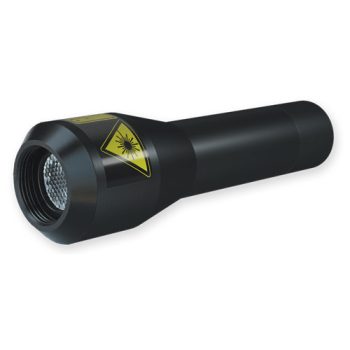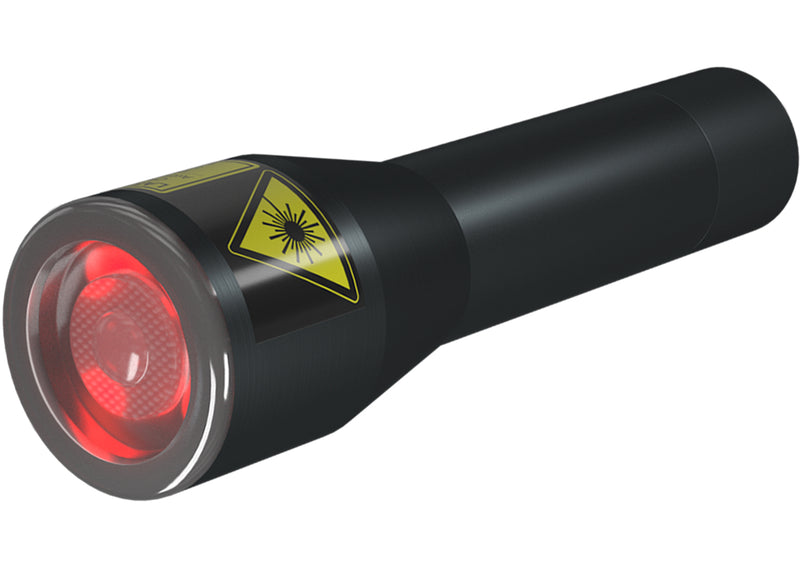Good Tips To Picking Safe Laser Device
Wiki Article
What Can Safe Laser Low Level Laser Therapy (Lllt), Which Is A Low-Level, Low-Level Laser Technology, Ease Respiratory Inflammation?
Safe Laser Low-Level Laser Therapy (LLLT) helps reduce respiratory inflammation via several mechanisms. Anti-Inflammatory effects- LLLT has been shown to reduce inflammation, through inhibiting proinflammatory cytokines and encouraging anti-inflammatory mediators. LLLT is beneficial in respiratory conditions like asthma and bronchitis, in which airway inflammation is a major cause of symptoms, such as wheezing and coughing.
Bronchodilation LLLT has been found to increase the relaxation of smooth-muscle cells in the airways. This is beneficial for individuals with conditions like asthma and chronic obstructive respiratory disease (COPD), where bronchoconstriction can cause breathing problems.
Improved Blood Circulation – LLLT increases vasodilation, microcirculation and blood flow within the lung. Improved Blood Circulation can help supply oxygen and nutrients to inflamed cells which aids in healing.
The immune system is boosted. LLLT has been shown to regulate the immune system by triggering the production of cytokines and enhancing the process of phagocytosis. This occurs when immune cells engulf, and destroy pathogens. This can help to boost the immune system against respiratory infections and reduce airway inflammation.
Reduced Mucus Production- LLLT could help to reduce excessive production of mucus in the airways, by facilitating the removal of mucus and reducing inflammation in the respiratory tract. This is especially beneficial for people suffering from chronic bronchitis (or sinusitis) and whose excessive mucus may cause respiratory symptoms.
Elimination of Allergic Reactions - LLLT is being studied as a treatment option for allergic nasal rhinitis and hay fever, conditions that are characterized by inflammation of the nasal passages and sinuses in reaction to allergens. By reducing inflammation and modulating immunity, LLLT may help alleviate allergy symptoms like nasal congestion, sneezing and itching.
Overall, safe Laser low-level laser therapy provides a non-invasive, drug-free solution to manage inflammation in the respiratory tract and symptoms, bringing relief and improving respiratory function. However, LLLT should only be used after consulting with an expert physician to determine the correct diagnosis. View the most popular safe laser for website info including laser kezelés, lágylézer ár, safe laser készülék, lágylézer kezelés budapest, mozgásszervi betegségek kezelése, orvosi lágylézer, lezer kezeles, lágylézer készülékek, safe laser használata, lágylézer árak and more.

What Can Low-Level Laser Therapy Aid In Ear Problems (Lllt?)
Low-level laser therapy that is safe (LLLT) can help with various ear problems through several mechanisms: Reduction of inflammation- LLLT has anti-inflammatory properties, which can help reduce inflammation within the ear canal or middle ear. LLLT can help to reduce inflammation in conditions such as Otitis (inflammation of the canals in the outer ear) and otitis (middle ear infections).
Pain Relief LLLT alters the perception of pain by altering nerve conduction and also reducing the release of pain-related mediators like substance P. For ear-related conditions like otitis media and headaches, LLLT can help alleviate pain and discomfort, providing relief to those suffering from ear discomfort.
LLLT helps to promote tissue regeneration and repair by speeding up tissue healing. LLLT helps promote faster healing of tissues damaged when conditions arise, such as otitis, ruptures of the eardrum or Otitis.
Improved Blood Circulation- LLLT improves vasodilation and microcirculation which results in increased circulation of blood to ear tissue. Improved blood circulation can help bring oxygen and nutrients to the inflamed or injured tissues, promoting healing and reducing inflammation.
Tinnitus Management- LLLT is being investigated as a potential treatment option for the tinnitus. Tinnitus is characterized by buzzing and ringing in the ear. Although the precise mechanism of LLLT is not known however, it could improve blood flow in the auditory system and decrease inflammation, which can result in less hearing.
Reduction of Earwax buildup LLLT could assist in softening and breaking down earwax (cerumen) buildup within the ear canal, helping in its removal and reducing the risk of ear blockage or infection. This is especially beneficial for those who suffer from excessive earwax production or those suffering from earwax impaction.
Secure Laser low-level laser therapy is a safe treatment that is non-invasive and does not cause issues with the ear. It can offer relief from pain, inflammation and earwax build-up. It is recommended to speak with an ENT specialist before using LLLT on ear problems. This will ensure that you are given the proper diagnosis and treatment. Take a look at the recommended safe laser 500 ár for more examples including mozgásszervi betegségek kezelése, lágylézer készülék, otthoni lézer kezelés, lézer kezelés hatása, lezeres kezeles, orvosi lézer készülékek, lágylézer készülék, orvosi lézer készülékek, lézer bérlés, lágylézer hatása and more.

How Long Will It Take Before A Laser Device Will Have An Effect On Healing Of Wounds?
Safe Laser's low-level therapy (LLLT), which promotes wound healing, can have varying results depending on factors such as the severity and type, health of the individual, and reaction to treatment. In general, a series of LLLT for a certain time is suggested for the best wound healing.
Type and SeverityThe severity and nature of the wound will determine the number LLLT sessions required. Less severe, smaller wounds may require less sessions compared to larger, more serious wounds. Also, chronic wounds or injuries that are a result of health issues may require more sessions to get the best healing.
The amount of LLLT sessions needed can be affected by the stage at when the wound heals. Different stages of healing, including swelling and inflammation or remodeling, might require a different treatment method. LLLT can be utilized throughout the various phases of wound healing to aid in the healing process and promote regeneration.
The individual's response to treatment- The individual's general health, immunity function, and healing capacity may affect the way a person reacts to LLLT for wound healing. Some individuals will have faster healing and closure after treatment, whereas others may require longer therapy.
Treatment Protocol - A medical professional's treatment plan will affect the frequency and frequency of LLLT sessions for wound healing. Healthcare providers can create treatment plans to meet the individual requirements of each patient. This may involve scheduling LLLT treatments several times every week, or at specified intervals over a longer duration.
Certain people can see improvements in healing after the first couple of LLLT sessions. But for some, it could take longer to get maximum outcomes. For wound healing it is essential to adhere strictly to the treatment regimen prescribed to you by your medical specialist. Also, you should keep track of every scheduled LLLT treatments. Furthermore, regular monitoring of the healing process and regular communication with a healthcare provider are important to ensure appropriate management and adjustments to the treatment plan when needed.